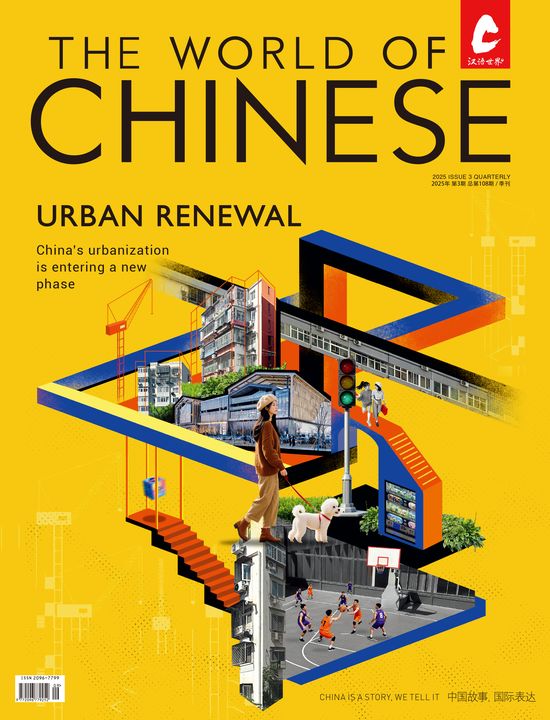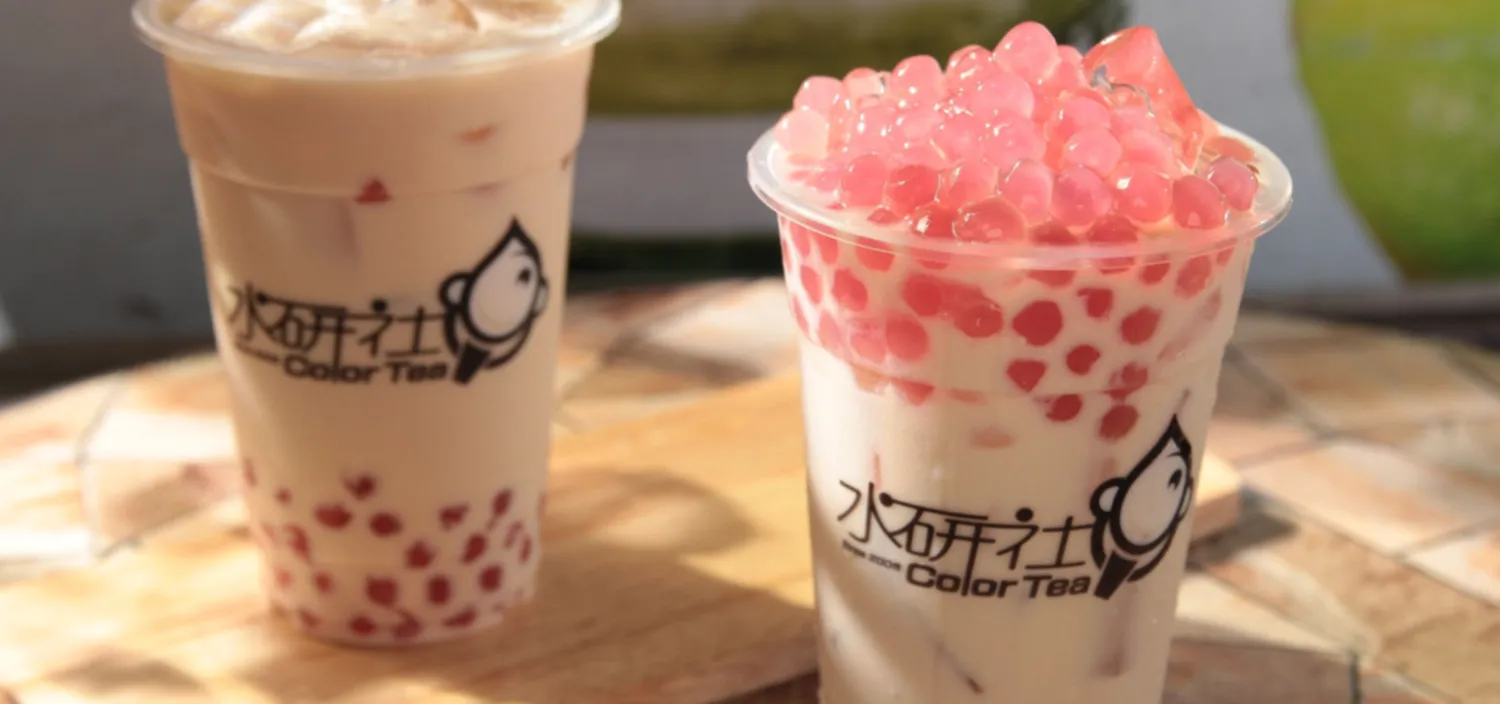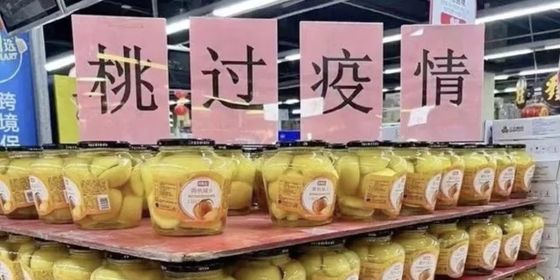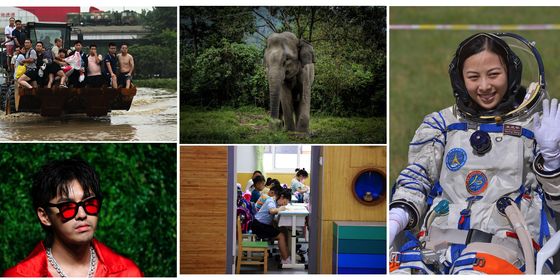Blobs in your tea, and the fine line between writing and exoticizing “ethnic” food
Editors at The New York Times recently embarrassed themselves with an article on bubble tea that read as if they had just discovered some exotic new fetish, rather than a common drink originating from Taiwan, which has been around for at least the last couple of decades in most US cities and even longer, of course, throughout Asia.
But it was hardly the first time something like this has happened.
The Tumblr whitepeoplediscoverthings has logged plenty of similar examples from around the world. In the case of bubble tea, one annoyed writer cataloged a litany of scaremongering pieces that urge caution when drinking the tea, due to its unhealthy sugar content—while failing to note that plenty of sweets like gummy bears are not subject to the same fear-mongering. It’s a dessert. It’s not meant to be healthy.
Then again, scaremongering and xenophobic double standards about Chinese foods (and any “immigrant” food by extension) are nothing new.
There’s a fine line between writing about a food or tradition from another culture, and exoticizing it. The NYT has frequently dabbled in a bit of both, with varying results. There’s little objectionable in their straightforward recipe for the Dongbei classic smashed cucumber dish (拍黄瓜), for example, though one does wonder how the dish can be said to “take Manhattan.”
On other occasions, the lines are fuzzy. Take, for example, this piece on how people in certain parts of China lift up their tops to bare their midriffs in hot weather, in what expats apparentlt nickname “the Beijing bikini” (though it’s far from isolated to Beijing). Is this exoticizing something pretty normal? Maybe.
In such cases, it’s probably best to just to hire a more diverse editorial staff.
Cover image from drink-tea.com.tw












